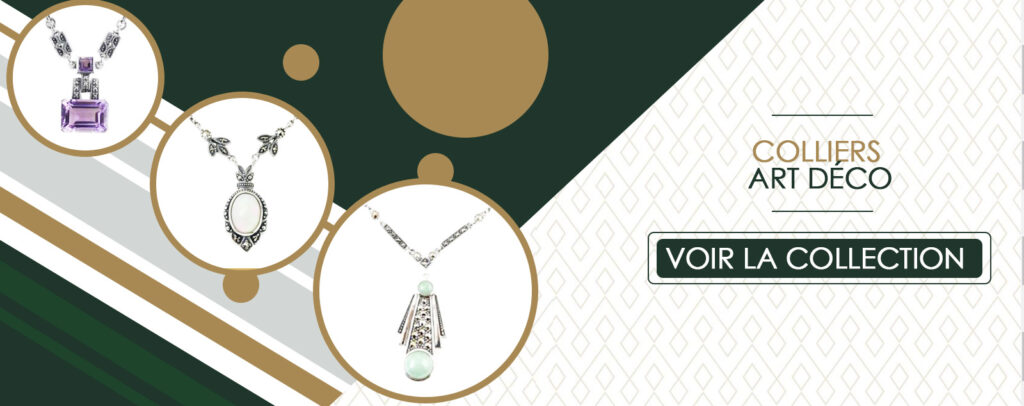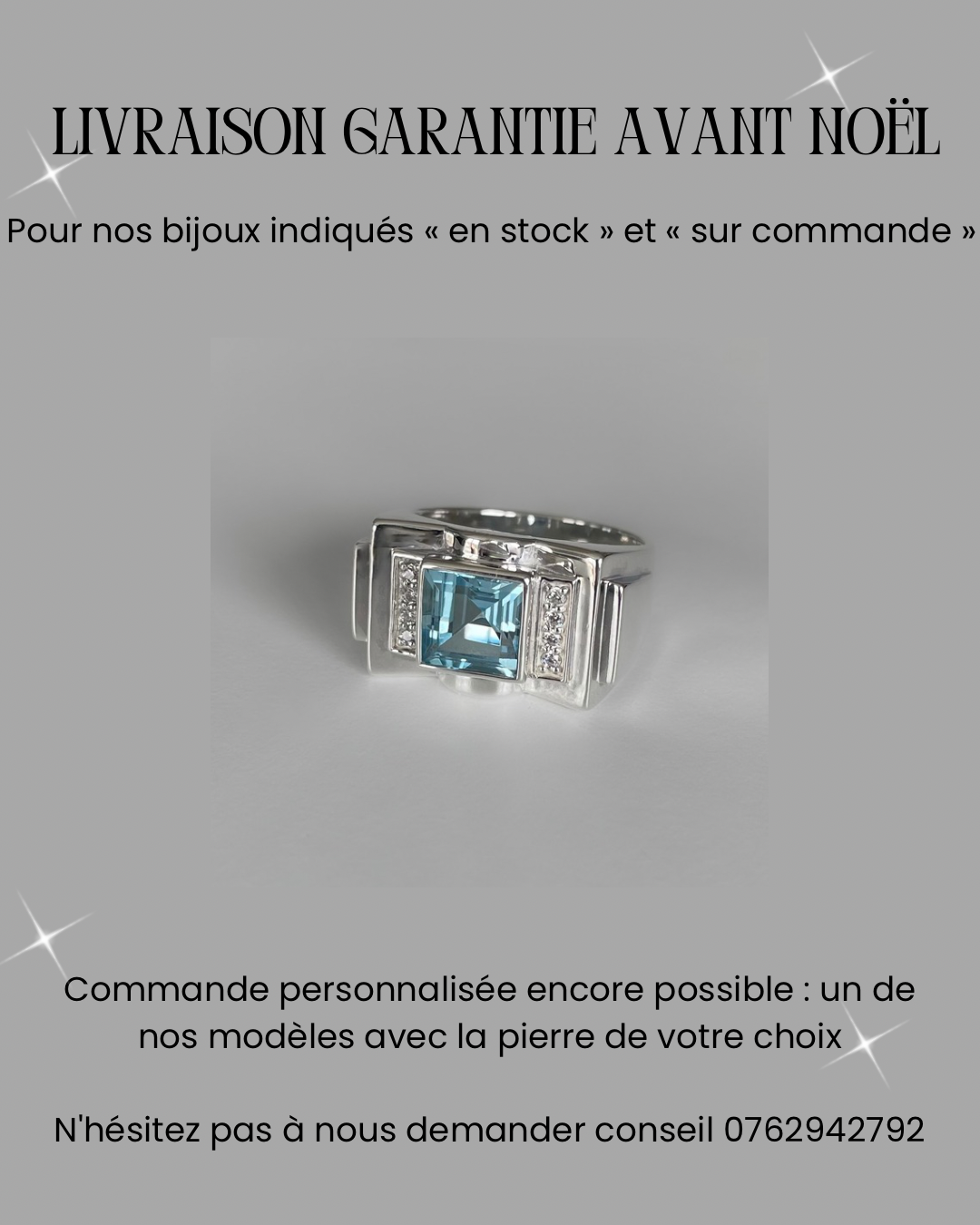Symbolizing the sun, opulence and a must in lithotherapy, the yellow stone has long been the prerogative of monarchs. While using them as good-luck charms is commonplace, the multiple virtues of these stones have made them extremely popular over the years. Often displayed as jewelry, they enable their wearer to benefit from their various physiological and psychological effects.
But the yellow stones are diverse, and to choose the one that's right for you, there are a few important things you need to know.
- What is the significance of the yellow stone?
- What are the different types of yellow stone?
- What are their virtues?
Citrine, topaz, tourmaline and much more, discover without further delay all the facets of these stones that will change your everyday life.
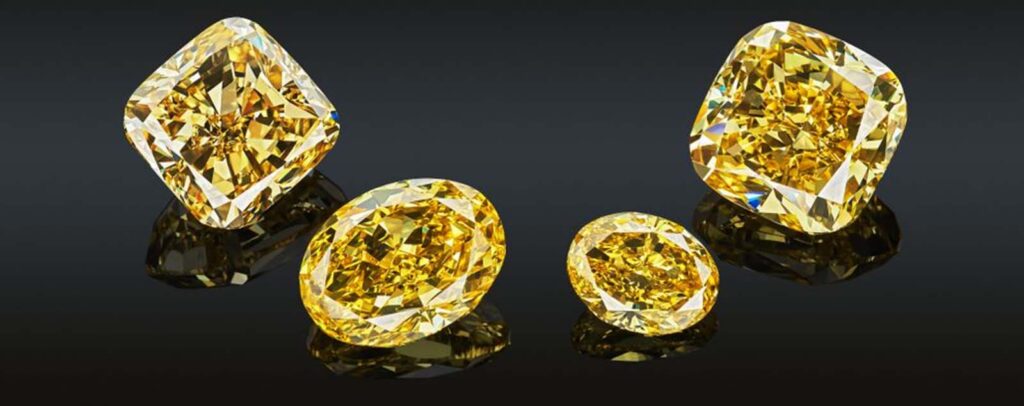
What is the significance of the yellow stone
Yellow represents the sun, gold and warmth. It is highly symbolic, representing different things depending on beliefs and countries.
- In AsiaYellow is synonymous with sovereignty and power. It is often used by aristocrats, just as crimson is on the other side of the globe.
- In ChinaYellow was the color reserved for emperors. Yellow, red and green represent the male sex, while black and white represent the female sex. This is why yang is yellow and is associated with black, which indicates yin.
- In Buddhism and HinduismYellow represents saffron (one of the rarest spices) and the ability to renounce. Yellow and orange and all the nuances between the two colors are much more present on clothing.
- In Central and South Americayellow has a very positive meaning. In a cultural sense, yellow means sun, gold, life.
- In IslamYellow is used to symbolize wisdom and wealth.
- In PolynesiaYellow is a sacred color, the symbol of the gods.
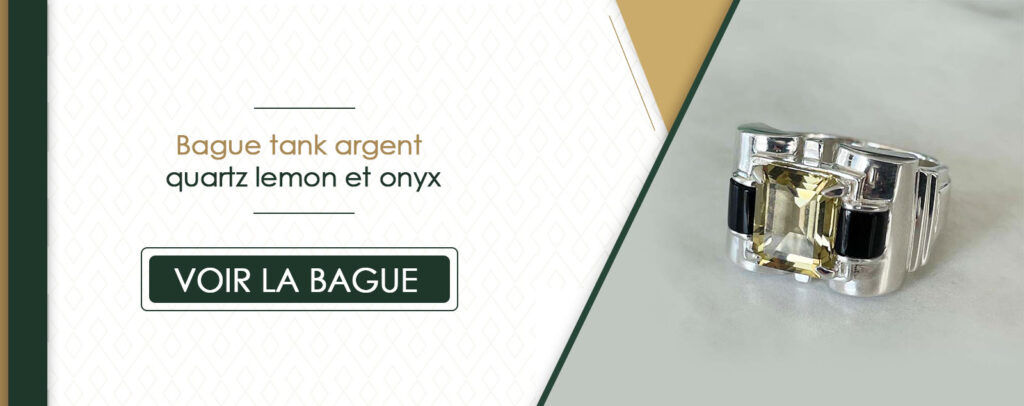
The different types of yellow stone and their characteristics
As you probably know, there are a multitude of yellow stones. The best-known are citrine, topaz yellow quartzamber, fire opal, yellow diamond, tourmaline and yellow sapphire.
Citrine: the stone of sun and warmth
This yellow stone translucent takes its name from the word "lemon". Its name is linked to its light yellow appearance, which can be orange or brown. This stone has been considered a good-luck stone since antiquity.
Topaz: The stone of nobility
Yellow topaz is one of the transparent gemstones the most prized. Its bright yellow can be golden or orange. Topaz deposits are found on all five continents, in countries as diverse as Brazil and Australia.
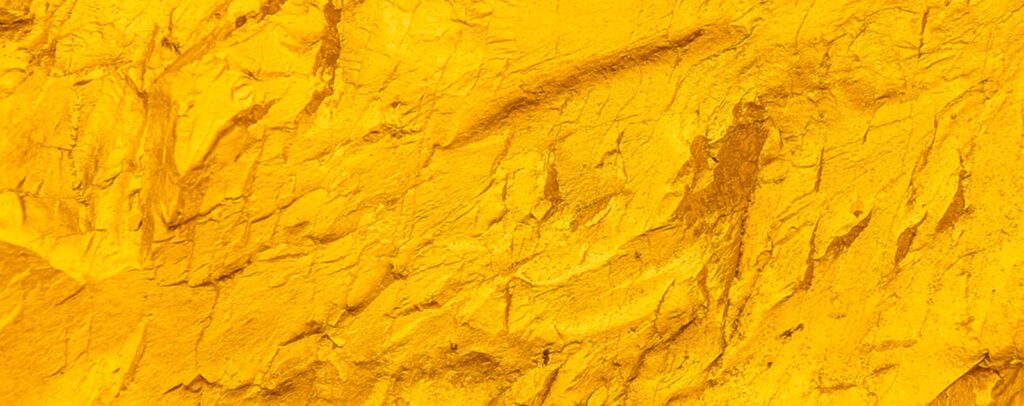
Yellow quartz: the hair of Venus
It is a mineral composed of crystallized silica and is found in its pure state in rock crystal. It is one of the most widely used stones in lithotherapy.
Amber: the stone of immortality
This yellow stone is organic and not of mineral origin. Its name comes from the Greek "ambrosios", meaning immortal. These deposits can be found on every continent.
Fire opal: The light of the world
Its inner fire makes it unique among yellow stones. L'fire opal offers many shades of orange and red. And most often in a single gem. This stone is found in volcanic regions, mainly in Mexico, but also in other deposits.
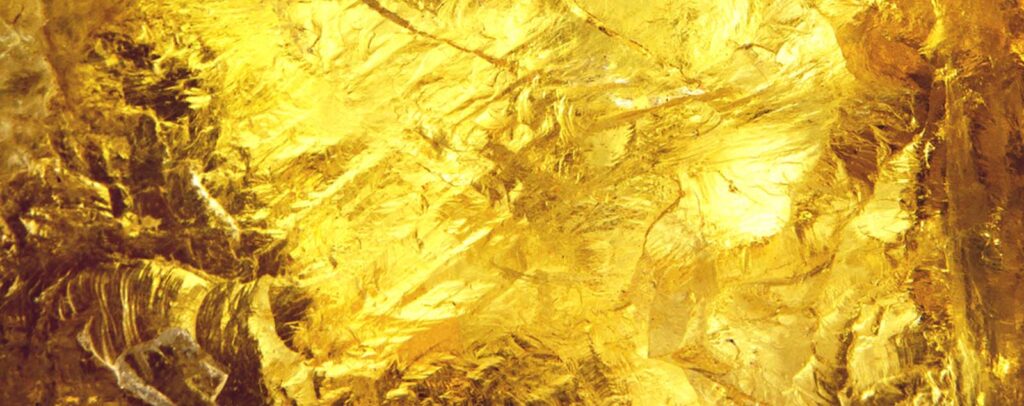
Yellow diamonds: the gemstone of Eternal Love
Yellow is the most common color of this stone. This is due to the presence of nitrogen atoms. Yellow diamond deposits are found mainly in South Africa, Brazil, the Central African Republic, Australia and Sierra Leone. The Tiffany Diamond, nicknamed the King of Diamonds, is one of the world's most famous diamonds. yellow diamond of 287.42 carats.
Tourmaline: the Chameleon of gems
The many colors of this yellow stone are found in many sacred objects. It exists in in several color variants. It is also known as the Chameleon of gems, because of its multitude of colors.
Yellow sapphire: the Stone of the 20th century
Yellow sapphires have iron in their composition, which explains their color. They have a value of nine on the Mohs scale, and are therefore very hard. sustainable. The main deposits of yellow sapphires are found in the United States, India, Australia and Sri Lanka.
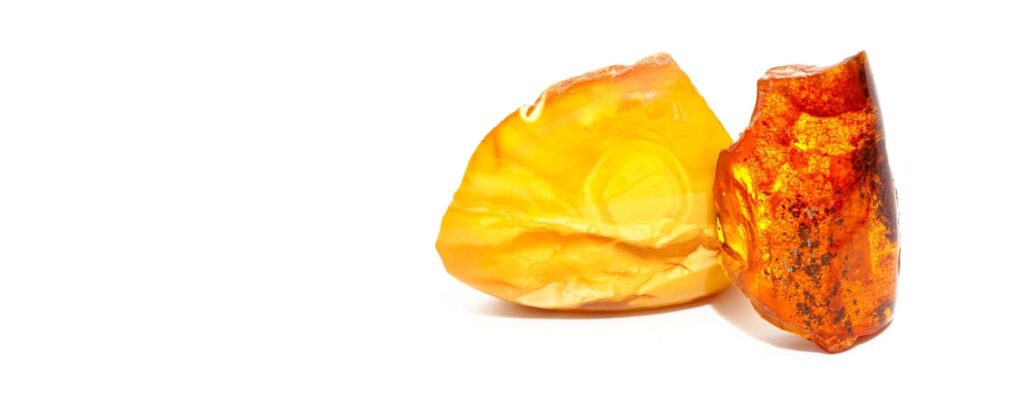
Yellow stone: Uses
The different types of yellow stones are widely used in jewelry because of their brilliance. Yellow stones, on the other hand, are used in lithotherapyThey are connected to the solar plexus chakra.
Citrine: Keep your spirits up and be positive
Source of comfort and positivity, it is highly effective in combating depression. It also improves blood circulation and heart function.
Topaz: remove sadness from your everyday life
This yellow stone gives you better intuition and clairvoyance. It is a protective stone used to ward off negative thoughts and sadness.
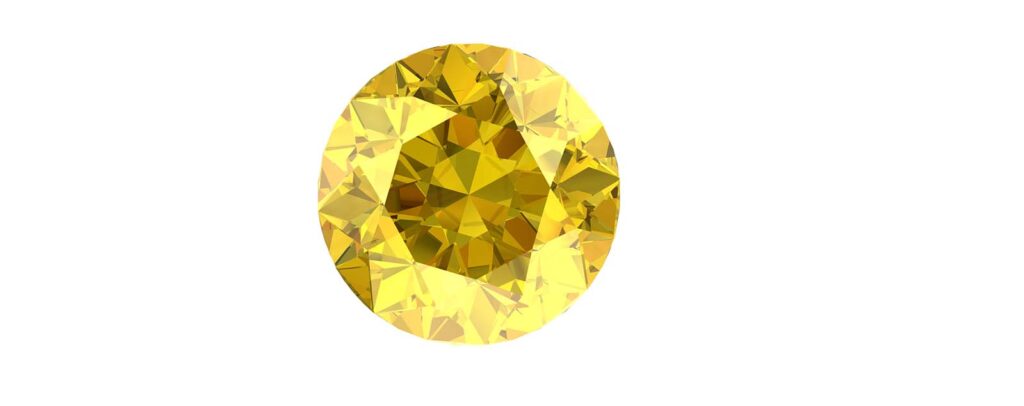
Amber: improve your mind
Practical for reducing stress and fight fatigueIt is particularly recommended for improving your mental state.
Fire opal: let luck smile on you
Fire opal gives you more light. success and luck. It also has an impact on your self-confidence and joie de vivre.
Yellow diamond: be stronger and less negative
Diamond as a protective stone is also useful for eliminating negativity, which includes greed, envy and betrayal. It eliminates and blocks negative energies, but also serves to prepare you for love, joy and happiness, and gives you a sense of fulfillment. more inner strength.
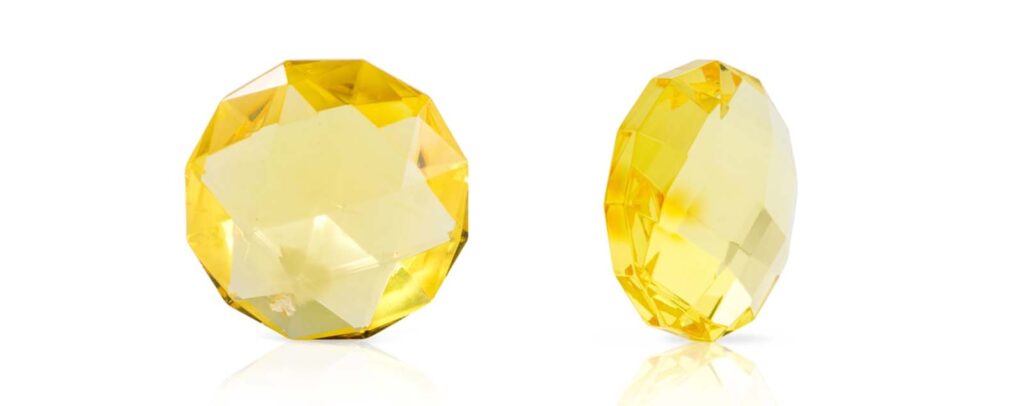
Tourmaline: boost your immune system
It regulates hormonal imbalances, protects against negative energiesimproves blood circulation and boosts the immune system.
Yellow sapphire: awaken your spirituality
Sapphire is used both physically and spiritually. It improves your eyesightis used to combat fever and stop nosebleeds if placed on the forehead.
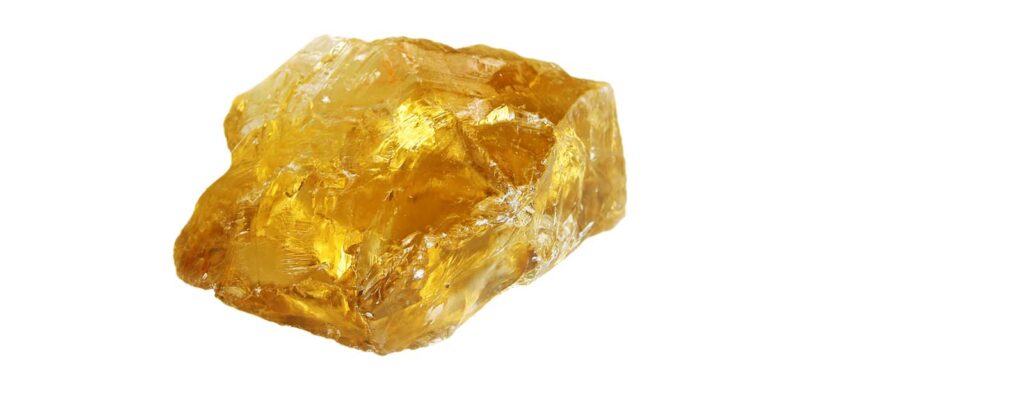
What to remember about yellow stone
Visit yellow stones are among the most coveted in the world. They have many virtues. Their energy has a considerable influence on physical, psychological, spiritual and emotional life. Although the benefits of lithotherapy are well established, it's always a good idea to contact a doctor in the event of serious health problems. However, wearing a yellow stone on a daily basis will certainly improve your life and your state of mind.
